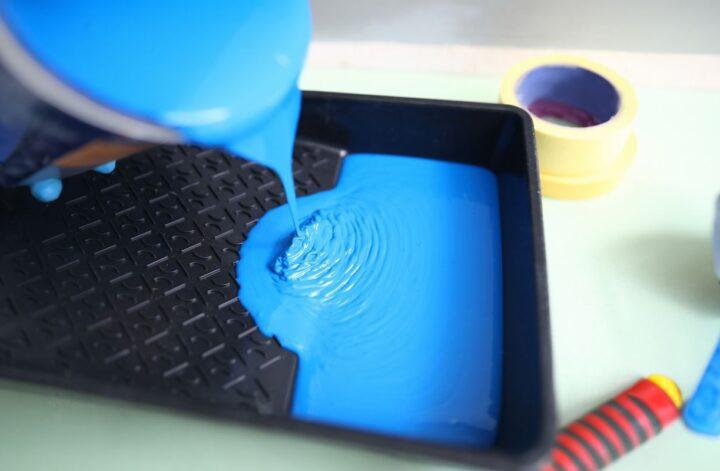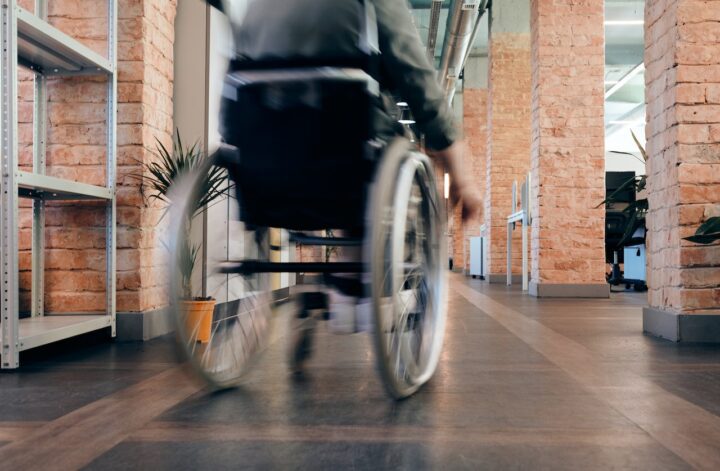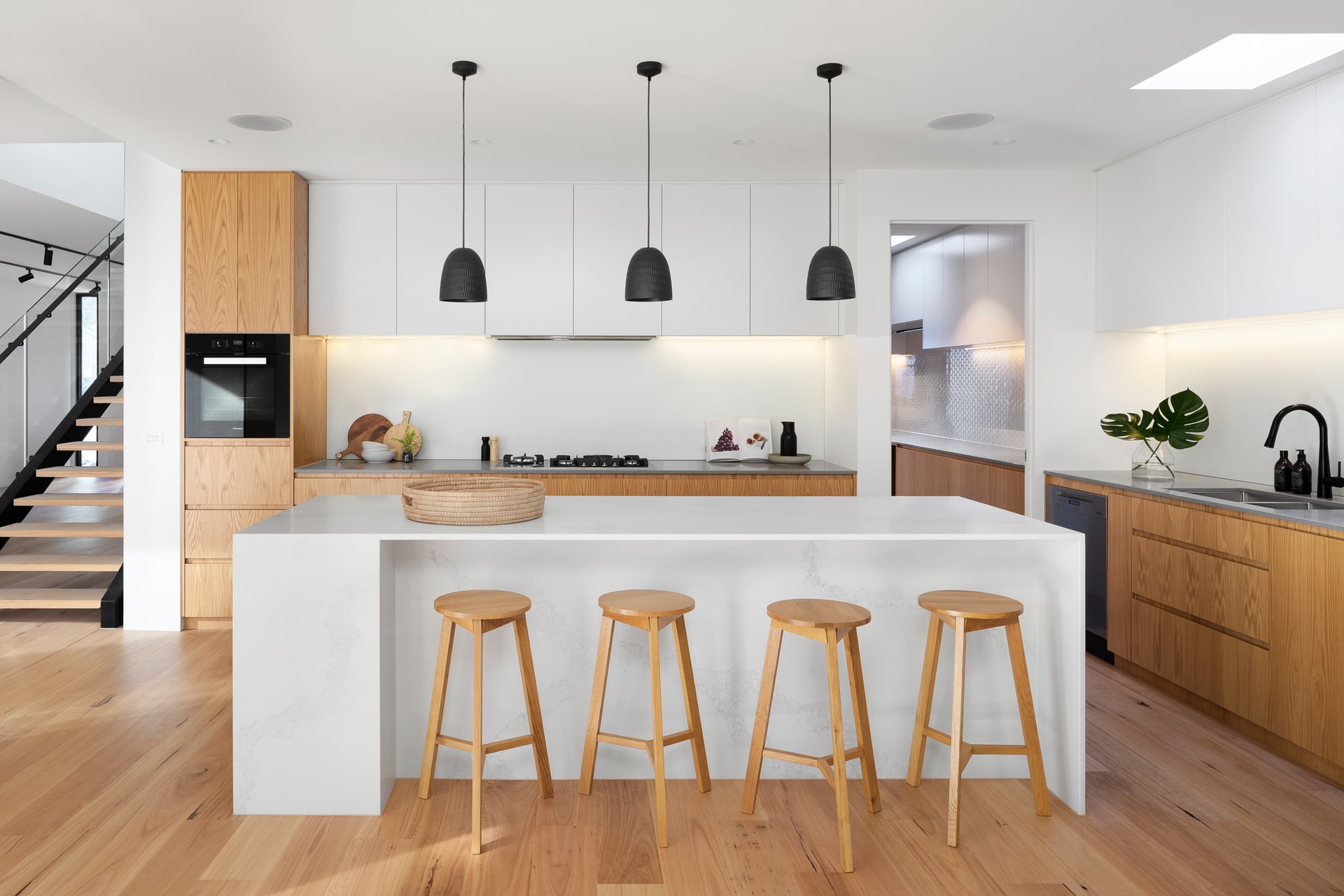When you want to spruce up your living space or add a personal touch to your new apartment, a new coat of paint can help. However, if you’re diving into the world of DIY painting projects, learning about common errors can be helpful to avoid frustration and wasted time. Here are five mistakes you should avoid on painting projects to achieve a smooth, professional-looking finish.
Leaving Your Surfaces Dirty Before Painting
One of the biggest blunders DIY painters make is not thoroughly cleaning their surfaces before applying paint. Leaving dirt can prevent the paint from adhering properly, causing uneven coverage and a rough texture. To avoid this, take the extra time to clean your walls, trim, and any other surfaces you plan on painting. Clean these areas with mild soap and water, and make sure you rinse them afterward to remove any soap residue.
Creating the Wrong Paint Mixture
Another common mistake in DIY painting projects is creating a paint mixture that is either too thick or too thin. The consistency of your paint greatly affects its application and the final finish. Paint that is too thick can lead to an uneven texture and visible strokes, while paint that is too thin can run and fail to provide adequate coverage. To achieve the correct consistency, investigate methods that will help you do so, including using mix ratio measuring cups.
Not Using Primer
Skipping a primer coat is another mistake you should avoid on painting projects. Primer serves as a barrier between the surface and the paint, ensuring better adhesion and hiding any colorful or dark underlying layers. Without primer, you might need multiple coats of paint; even worse, you might watch your gorgeous color peel off within weeks.
Dipping Your Brush Too Far in the Paint
While it might seem like a minor detail, immersing your brush deep in the paint can cause dripping, streaking, and uneven coverage. Plus, over-dipping isn’t good for the brush. Instead, dip your brush only about one-third to one-half of its bristle length into the paint. This technique will give you more control, allowing you to apply the paint evenly and achieve a smoother finish.
Not Waiting for Your First Coat To Dry
Rushing the process by painting a second coat before the first one dries can cause various problems, including wrinkling or peeling. Read the instructions on your paint can for the recommended drying time, and wait to ensure a beautiful, lasting finish.
You’ll be well on your way to a successful DIY painting project by avoiding these five common mistakes. With practice, you’ll develop the skills to create beautiful, professional-looking results that will make you proud.




